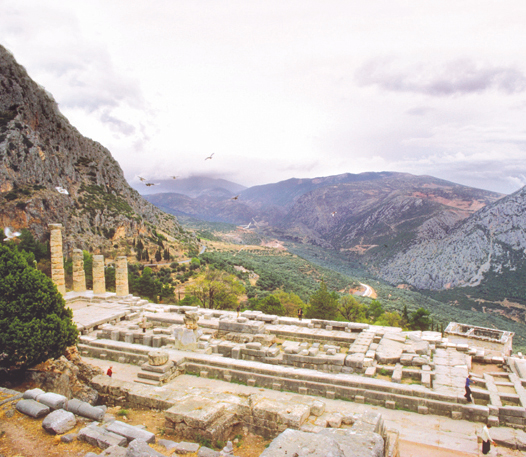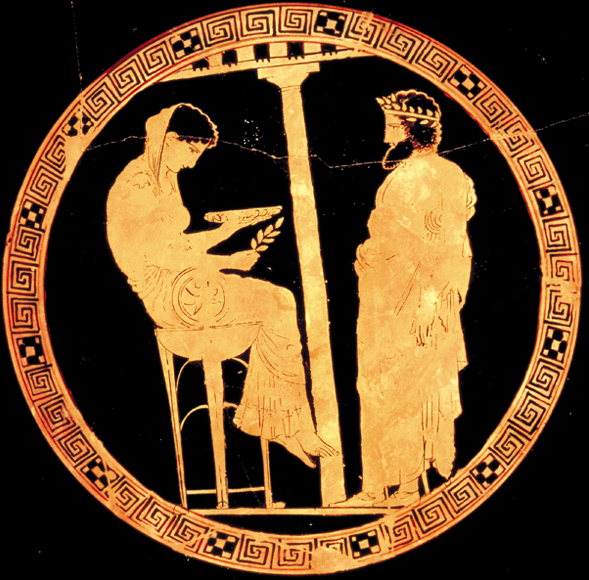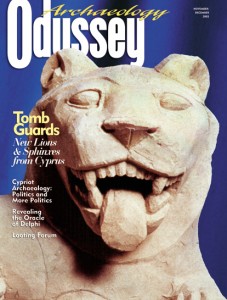

Archaeologists are good at recovering things left behind by the past, such as buildings, incense altars, tools and relief carvings. What they are not so good at recovering are the ideas, feelings and emotions—the innerness—of sentient ancient beings. It’s one thing to examine a temple’s holy of holies; it’s another thing to understand what went on there and what people experienced. Sometimes, however, there’s an exception to the rule.
Numerous classical authors report that natural phenomena played an essential part in one of their most sacred religious rituals: the oracle at Delphi. According to the geographer Strabo (c. 64 B.C.–25 A.D.), for example, “the seat of the oracle is a cavern hollowed down in the depths … from which arises pneuma [breath, vapor, gas] that inspires a divine state of possession” (Geography 9.3.5). Over the past five years, a team of researchers—a geologist, an archaeologist, a chemist and a toxicologist—has put that claim to the test, making it much more likely that we will actually understand what happened at Delphi.
Already a library member? Log in here.
Institution user? Log in with your IP address.

